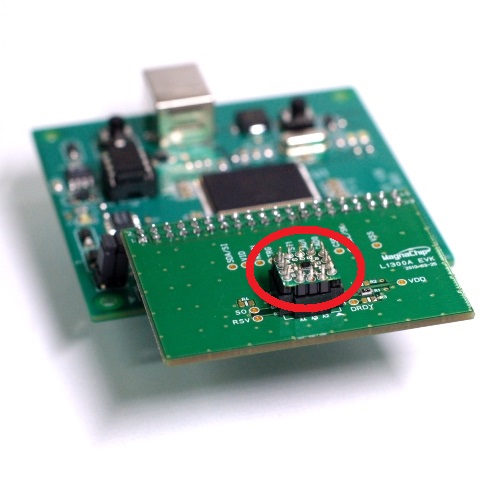For smartphones, tablets and other handheld devices, the MXG1300 is a magnetometer-based, e-Compass sensor, built using the company's own low-noise, 0.18-µm technology. Featuring an Android OS driver, compass algorithms, and magnetic-field-scanning support, the sensor has a dynamic range of ±4,900 μT, four times wider than that of GMR e-compasses, for more robust performance. Further, the device comes in a 14-ball waver-level chip-scale package (WLCSP) that measures just 1.9 x 1.9 x 0.5 mm, about the size of two grains of salt.

In addition, the MXG1300 has a low-power mode – typically150uA at a data output rate of 8 Hz – which reduces operating current by 40%, thereby extending the battery life of mobile devices. This mode is works where it is possible to operate the device at a slower, but acceptable, heading speed. The device can also operate at data output rates to 100 Hz, and in sleep mode the device consumes just 1 uA. Through the use of a 16-bit sigma-delta ADC, the eCompass achieves typical resolutions of 0.6 μT/LSB at high-speed 14-bit operation and 0.15 μT/LSB at 16-bit. Measuring time at the faster rate is 7.2 ms, and heading error is 5° with typical nonlinearity of ±0.331% FS and hysteresis of ±3.40% FS.
Designer will find the unit's field scanning support particularly useful; it helps determine an optimum location for the chip within a cellphone, since eCompass operation can be affected by magnetic interference from a vibration motor or speakers. The MXG1300 is currently being sampled and will go to production in Q3 2013; prices for production quatities will be less than $0.30. An evaluation kit is currently available also.
Advertisement
Learn more about MagnaChip Semiconductor





